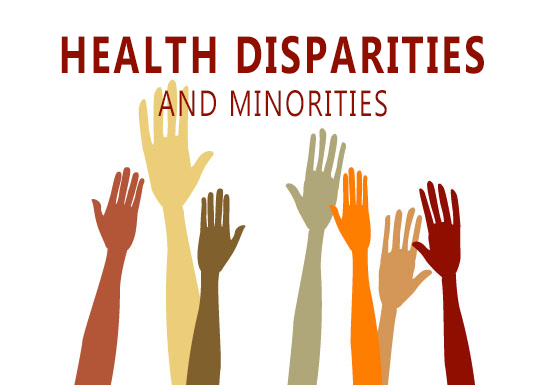The healthcare system is quite expensive in the world. According to NCBI, the health status of Americans is poor when compared with the industrialized and Western nations; in this analysis of health disparities, minority group health status, like African Americans, is essential. Health promotion in the diverse population of America is below average.
Health Disparities and Public Lens
Various indicators such as socioeconomic aspects, ethnicity, and racial elements are included. Usually, in some locales, the rate of death in minority Americans is equivalent to that in a third-world nation. Minority Americans bear poor health indicators as compared to other whites.
According to a public health forum, optimal health is a fundamental right for all for the whole life. Several actions that are important to improve the health issues matter most. The need to implement ways to protect and promote women’s health by accentuating the ethics regarding public health is significant.
In light of many evidence-based health forums, public health practice is ethical. It provides many moral foundations for health promotion and justifies the values on which health disparities can be treated. Public health ethics is a set of beliefs related to scientific information and stakeholders.
The public health lens is a focus on the health of a population and specific challenges that are critical to equitable distribution. The current health status of the American African minority group describes the percentage that belongs to an ethnic or racial group. Health indicators like infant mortality and life expectancy have improved for Americans. The experience of minorities for disease prevention is of disproportionate value when compared with the non-minorities.
The Cost of Chronic Diseases
The health disparities and promotion for this group are essential regarding chronic diseases. Usually, chronic diseases are the leading causes of death of 7 people out of 10 on an annual basis; treating people with chronic diseases costs the nation the most regarding healthcare. The health promotion system is set for some specific diseases, such as cancer, heart disease, and diabetes. The promotion of oral health, reproductive health, tobacco use, and chronic tribal prevention of illness.

The racial and ethnic groups in the United States face serious health concerns. These health disparities are confronting multiple causes that are becoming complex gradually. The social determinants of lack of education, poverty, and racism are the most influential factors for health disparities. Chronic disease prevention and health promotion offer communities primary and secondary health promotion.
Health Programs
The program activities are based on the primary functions termed support activities. The implementation of public health programs needs surveillance, improved communication, and translation for a search for public awareness. Primary healthcare promotion prevention for minorities is for cancer, and chronic diseases are secondary. An organization’s mission is to disseminate information and spread awareness among the public, researchers, policymakers, and practitioners.
The second approach for health care prevention and promotion by the Centers for Disease Control is for the betterment of minorities. It deals with improvement of health perspectives, and support of communities to adopt healthy choices. Everyone deserves an opportunity to be healthy, but in the USA, several ethnic and racial groups have poorer health than other Americans. There are many different causes of these health disparities, in which some are complex; these include the following:
- Community and Environmental conditions, for instance, the need for resources to help healthy food and physical activity options.
- Poor health behaviors, such as the use of tobacco, poor diet, and physical inactivity.
- Lower quality and availability of healthcare access, poor medical services, etc.
- And most importantly, the social factors, like poverty, racism, discrimination, and lack of education.
Ethical and Racial Minorities
Health disparities create chronic diseases. Diabetes, cancer, heart disease, and strokes are the most common and significant causes of disability, illness, and death in the United States. These chronic conditions and the reasons that lead to them are more common and severe for the minority groups in the USA. Specifically for Non-Hispanic Blacks, American Indians, Asians, Hispanics, Alaska Natives, Pacific Islanders, and Native Hawaiians.
Ethnic and Racial minorities usually have the worst healthcare facilities and face more problems in seeking better healthcare, such as chronic disease management and preventive care. These health disparities can cause higher healthcare costs and poorer health outcomes.
The National Center for Health Promotion works in four major areas. These are surveillance, epidemiology, health care system interventions, environmental approaches, and social programs related to clinical services. This comprehensive work helps promote healthy living and behaviors and provides better health opportunities. It supports Americans in managing their health better.
To improve the health conditions in Ethnic and Racial groups and reduce health disparities. The CDC works with its partners like health agencies, academia, community organizations, and other federal agencies. CDC’s REACH programs work to support these efforts.
